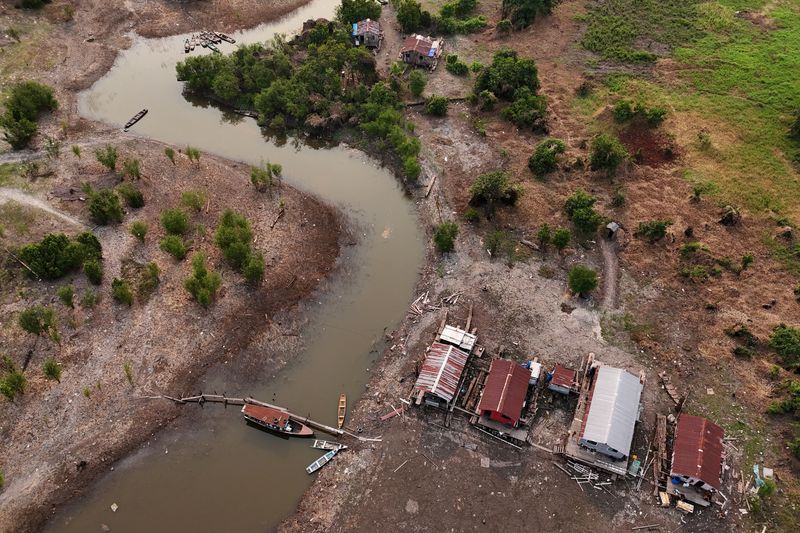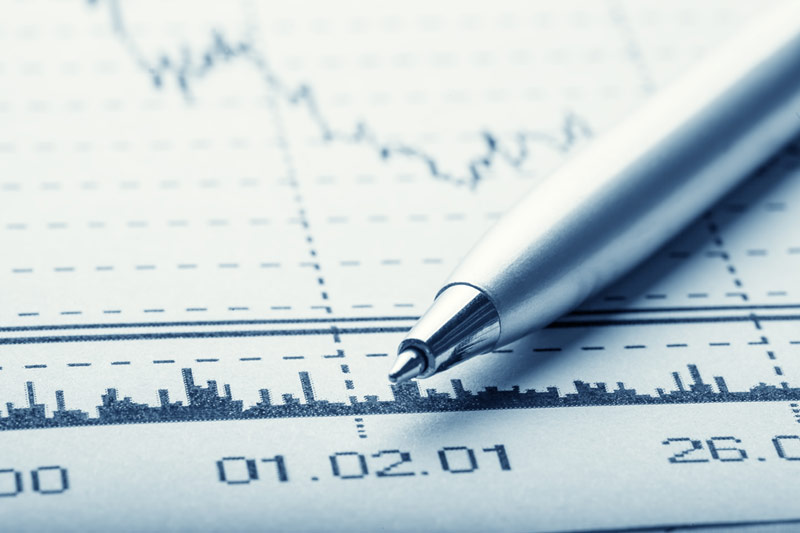By Lisandra Paraguassu
BRASILIA (Reuters) – Last year’s record drought in the Amazon (NASDAQ:) and less than usual rainfall since then caused water levels in rivers to drop rapidly, hampering navigation by ships carrying grain for export and harming communities were cut off that depend on river transport.
Brazil’s Geological Survey (SGB) has warned that water levels have fallen since June and that all rivers in the Amazon are expected to fall below their historic levels.
In Manaus, the Rio Negro River is 21 meters deep, compared to 24 meters at the same time in 2023, which is starting to worry industries in the Free Trade Zone, where companies have called for dredging work to begin on the river to ease last year’s disruption to prevent transportation.
According to the government’s Department of Transport Infrastructure (DNIT), dredging has begun at critical points of the Madeira River, where only low-draft vessels can pass. Dredging work is being outsourced for the major rivers Amazon and Solimoes, DNIT said.
After last year’s drought, barges were no longer able to use some ports on the Amazon, and the outlook for this year is even worse, according to consultancy ARGUS.
“This could lead to the diversion of grain and fertilizer cargoes to Itaqui and other ports in southern and southeastern Brazil in the coming months,” ARGUS said in a study predicting higher shipping costs for producers.
In Porto Velho, Rondonia state, the Madeira River has been below two meters since July, while the normal depth is 5.3 meters, the SGB said. The river has two hydroelectric dams, Jirau and Santo Antonio, and its transportation is influenced by one of the most important waterways in northern Brazil.
Throughout the Amazon, communities face isolation due to the reduced navigability of rivers. Residents cannot travel to buy food, and crops are harmed, in addition to fish killed when streams dry up, affecting communities along the rivers that make their living from fishing.
“During normal droughts, the rivers have enough volume to carry food and small boats. But not now. They have dried up and people are becoming isolated,” says climatologist Jose Marengo.
More rain was expected in the second half of this year thanks to the La Niña phenomenon that cooled the waters of the Pacific Ocean near the equator, which should bring more humidity to Brazil’s north and dry weather to the south.

However, this year the waters of the Pacific Ocean have not cooled as expected, which combined with the lack of rain in 2023 has led to a catastrophic situation in the Amazon, said Marengo, coordinator of Research and Development at the National Center for Natural. Disaster Monitoring and Warnings (Cemaden).
The lack of rain in the Amazon will deprive areas south of moisture through the “flying rivers” that transport water vapor from the rainforest to the savannah region below the Amazon and further south in Brazil, said Marengo, who helped coin the term. for the invisible flows of moist air.


